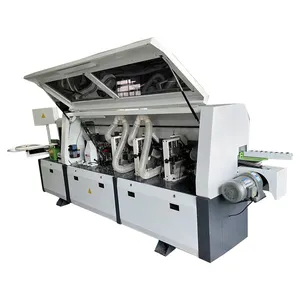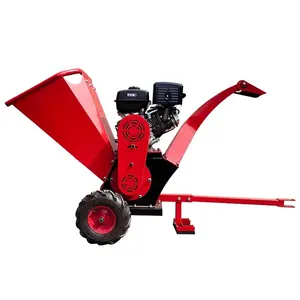Popular in your industry














Top categories
About agro waste
Agro waste refers to byproducts or residues generated from agricultural and related activities. This includes plant and animal-based materials that are not intended for further use in the production process. Some of the common examples of agro waste include crop residues, such as straw and husks; animal manure and bedding; food processing byproducts; and other organic materials produced in farming, forestry, and related industries. The management of agro waste is a critical aspect of sustainable agricultural practices as it involves handling, disposal, and, increasingly, the utilization of these residues for beneficial purposes.
Types of Agro Waste
Within the category of agro waste, there are several distinct types, each with its unique characteristics and potential uses. Crop residues are a significant component of agro waste and include the stalks, leaves, and husks left after harvesting crops like rice, wheat, and corn. These residues can be a rich source of organic matter and nutrients. Animal waste, such as manure and bedding materials, is another common type of agro waste. This organic material, when properly managed, can be a valuable resource for soil fertility and energy production.
Food processing byproducts, such as peelings, pulp, and shells, constitute a specific type of agro waste. These materials are generated during the processing of agricultural products into food, beverages, or other products. Agro-industrial waste refers to the residues produced in various agro-based industries, including sugar mills, breweries, and oil extraction plants. These byproducts may include bagasse, spent grains, and oil cake. Bioenergy crops, such as dedicated energy crops or residues from bioenergy production, offer another type of agro waste that can be converted into renewable energy sources.
Use of Agro Waste as Fuel
The utilization of agro waste as a fuel source is an increasingly popular practice that aligns with sustainable and renewable energy goals. Agro-based waste, such as crop residues, animal manure, and byproducts from agricultural and food processing industries, can be converted into agro-based waste as fuel through various processes. These renewable fuels, often referred to as biomass fuels, offer an alternative to traditional fossil fuels and can play a significant role in reducing greenhouse gas emissions and dependence on finite resources.
The conversion of agro waste into fuel typically involves processes such as combustion, gasification, or anaerobic digestion. In combustion, the organic materials are burned to produce heat, which can be used directly for heating or converted into electricity through steam turbines. Gasification involves converting the biomass into a combustible gas, often called syngas, which can be used for heat and power generation or further processed into biofuels. Anaerobic digestion is a biological process where microorganisms break down the organic matter in the absence of oxygen, producing biogas, which is primarily methane and can be used as a renewable fuel for cooking, heating, or electricity generation.
Challenges in Agro Waste Management
While the utilization of agro waste as a fuel source offers environmental and economic benefits, there are challenges associated with its management. One of the key challenges is the collection and transportation of dispersed agro waste materials, which can be logistically complex and costly. Additionally, the variability in the composition and moisture content of agro waste can impact its energy potential and the efficiency of conversion processes. The sustainable management of agro waste also requires addressing potential environmental and social impacts, such as air pollution from combustion, nutrient runoff from land application of organic residues, and land use conflicts in growing bioenergy crops.

























